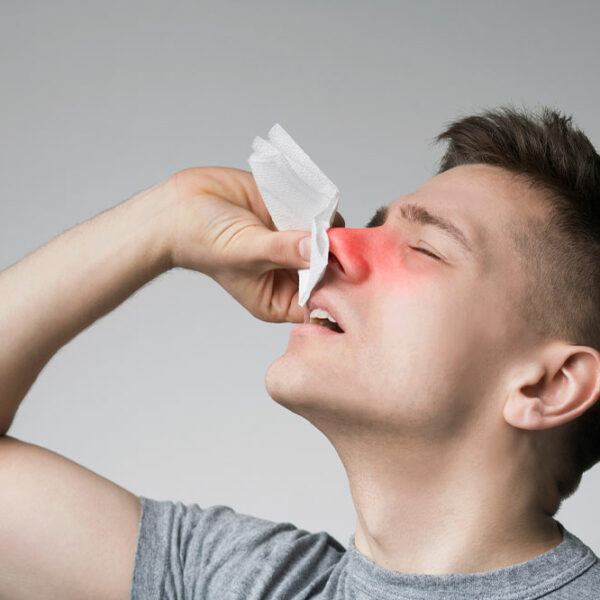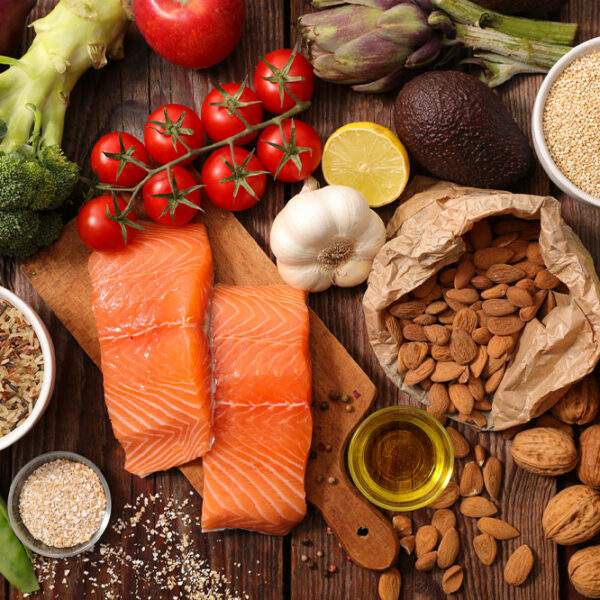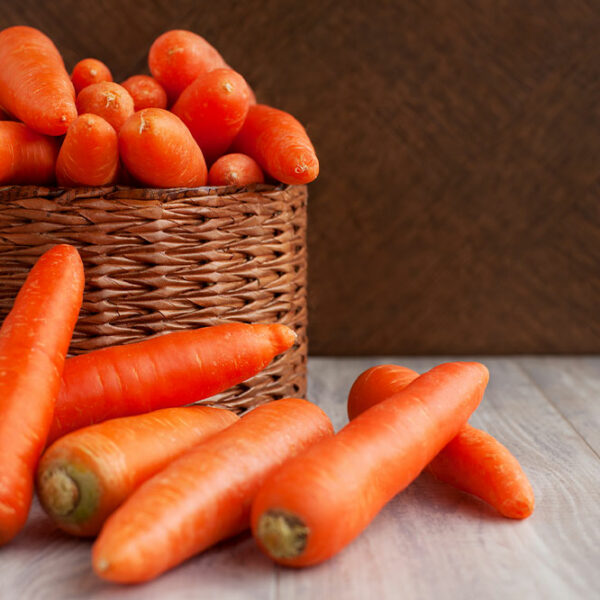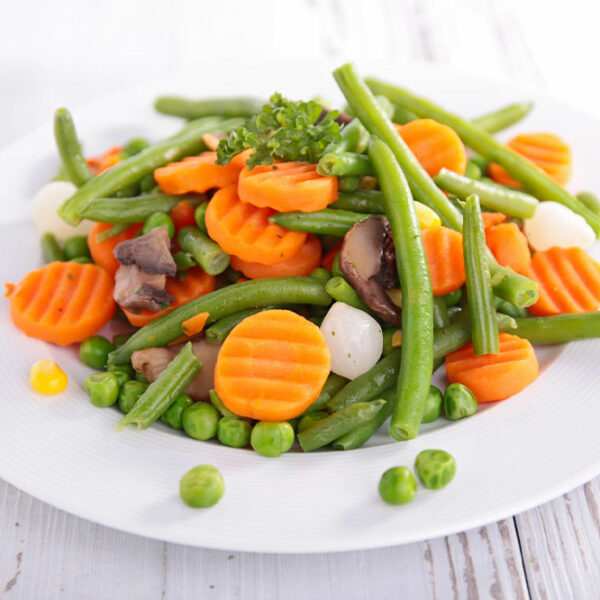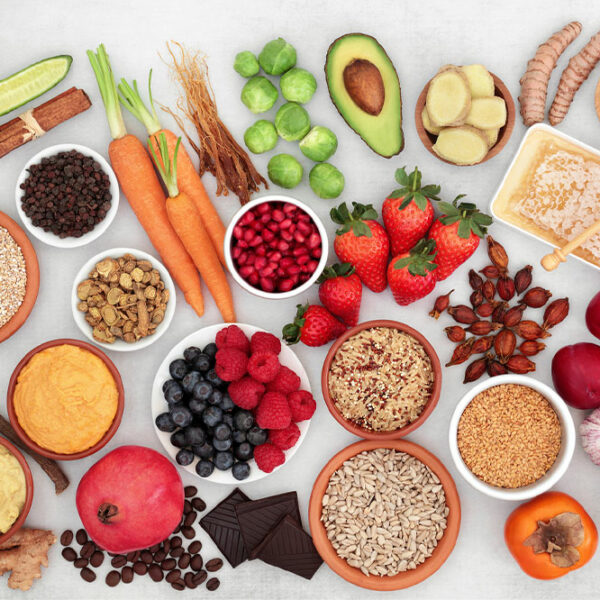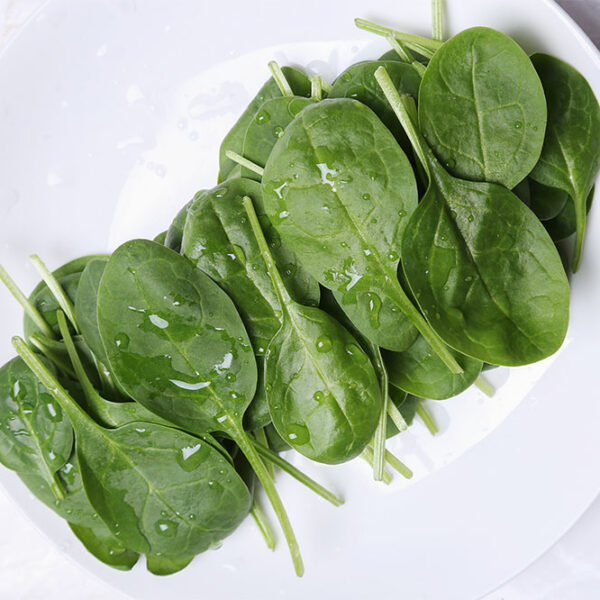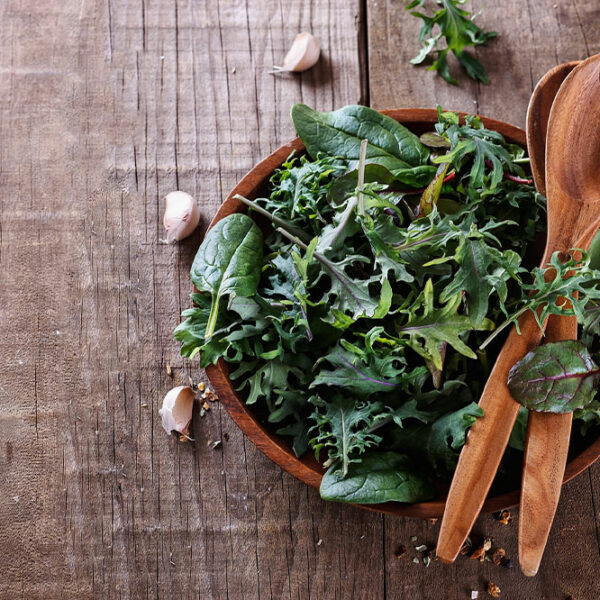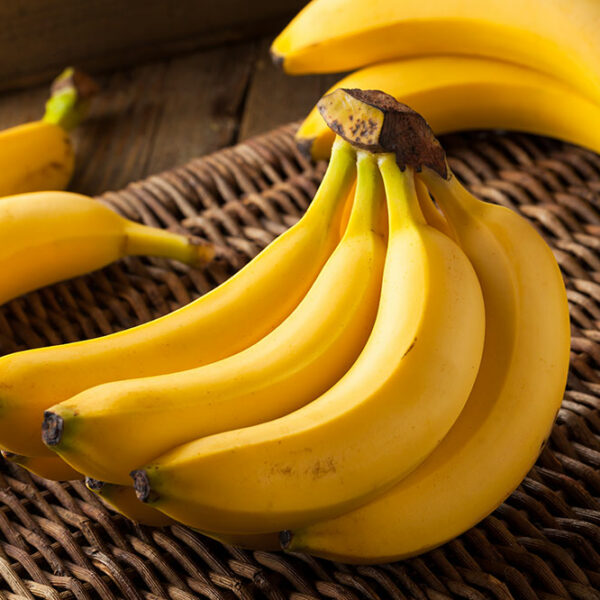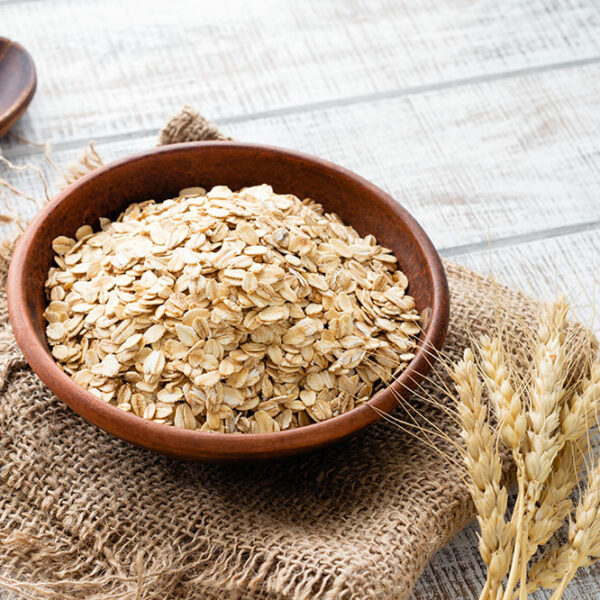
Foods to help manage cholesterol
There are two types of fats found in the bloodstream: good fats (high-density lipoprotein or HDL) and bad fats (low-density lipoprotein or LDL). An imbalance in these levels can trigger problems linked to cholesterol and increase the risk of cardiovascular health complications. It is possible to manage and maintain a good balance between LDL, HDL, and Triglyceride levels with changes in food habits and lifestyle. Medications additionally help manage optimum levels. Fruits and vegetables Eggplant and lentils are rich in dietary fibers that aid digestion. Okra contains a gel that binds to the fat and processes it more efficiently during digestion. Avocados are rich in monosaturated fats that help lower and manage the bloodstream’s low-density lipoprotein (LDL). Raw garlic, when incorporated in meals regularly, can help manage serum cholesterol. Additionally, apples, strawberries, grapes, and a variety of citrus fruits are rich in a compound called pectin that helps lower LDL levels in the body. Whole grains, oatmeal, and nuts Whole grains like barley and oat brans are rich in soluble fibers. Switching to oatmeal in place of processed cereals for breakfast also helps absorb the bad fats in the bloodstream. Barley is rich in beta-glucans that bind with fats and bile salts to promote better digestion.
